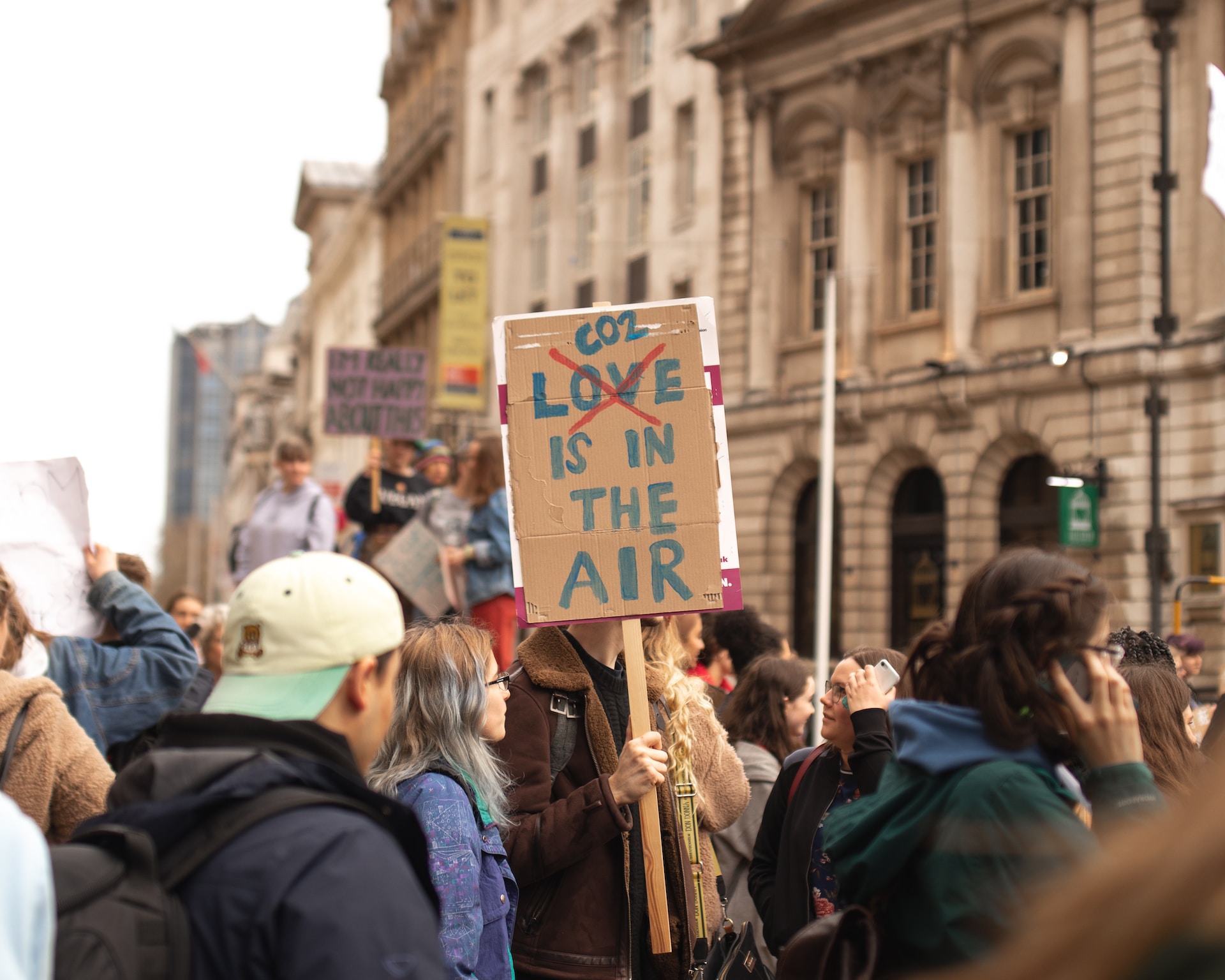Ten Golden Rules Of Green Fleet Management
In this article, you can read the ten golden rules of green fleet management, a new and realistic green initiative addressing sustainability challenges in urban mobility. The rules together are considered the credo of urbaniqe, a revolutionary green fleet management solution.
#1: Global warming is a fact
Global warming is just happening to us. It is an undisputed scientific fact and is driven by the extensive emission of greenhouse gases. As a very dangerous ecological process, it is endangering our way of life and our chances for survival as human beings. Therefore it is our moral and biological duty to do our very best against global warming and mitigate the risk of its fatal consequences.
#2: Urban mobility is a focus area of sustainability initiatives
The transport industry is responsible for more than 16% of greenhouse gas emissions on a global scale and the volume is increasing. In the EU its share is significantly higher around 21%, because in Europe we live in a heavily motorized region. Road transport itself represents 94% of the transport industry resulting in around 900 million tonnes of CO2 equivalent emissions annually within the EU. Digging further into details, urban mobility - meaning passenger cars and light commercial vehicles together - is racking up to 73% of road transport, and emitting close to 700 million tonnes annually. This is a huge amount of harmful emissions of greenhouse gases making urban mobility a focus area of sustainability initiatives.
#3: Transition to carbon-free mobility takes a long time
The transition to a carbon-free economy, especially regarding transport and urban mobility, will probably take longer than expected. This is because there are still a lot of open questions around the expansion of electric drive trains, like the exploitation of rare raw materials, hazardous waste, deficiencies of recharging infrastructure, insufficient driving range, limitations of production capacities, and not to mention the challenges around the energy mix used for electricity production. These questions have not yet been reassuringly answered by the prominent representatives of the green economy but must be done soon to establish general social support for the necessary green shift of mobility.
#4: Internal combustion engine vehicles will stay for longer
Today there are around 1.3 billion internal combustion engine vehicles in operation on a global scale, of which more than 300 million are hitting the roads in the EU. The average age of that car park has been increasing for more than a decade and increasing further. In the coming decades, the extensive use of internal combustion engine vehicles still will be inevitable as an economic necessity, because we have to keep the economy going to maintain societal welfare, so we need commercially viable solutions how to make them greener.
#5: Bottom-up commercially viable green solutions needed
To choose green solutions rational for business decision-makers, we do not need to necessarily wait for robust top-down governmental programs to be launched, but to initiate a large number of bottom-up, commercially viable green services voluntarily. Together they can significantly change the attitude of consumers and businesses towards a green economy. As a result, the emission of greenhouse gases will shrink to a great extent.
#6: Commercialization of green economy
Regarding urban mobility, we need commercially viable solutions to be launched in large numbers to lower and eventually offset the carbon footprint of aging vehicle fleets. This is a must to avoid the fatal consequences of global warming. A green solution is considered commercially viable if business actors can voluntarily profitably provide them and customers voluntarily use them at affordable prices. Businesses need to play offense to protect their core business and capture the full value of sustainability. Green growth and the creation of business value from sustainability can be a source of durable competitive advantage. This is called the commercialization of the green economy.
#7: Democratization of fleet management to lower CO2 emissions
One of the key challenges around the commercialization of urban mobility solutions is the democratization of fleet management services making them available for every business at affordable prices without entry fees or service loyalties to be taken. This is only feasible with a mobile-first approach where drivers' smartphones are acting as professional data collection units with the help of the extensive use of AI, making onboard devices obsolete. With that vast majority of businesses will have a chance to manage their fleets in a greener way without extra costs occurring. Besides other important benefits provided for businesses, telematics-based fleet management services help to significantly lower the carbon footprint of corporate fleets mainly consisting of aging internal combustion engine vehicles. Fleet management services make fleets more productive, limit the mileage unnecessarily made for non-business (mainly private) purposes, and help decrease fuel consumption by improving the driving style of drivers. As a result, fuel expenses and the emission of greenhouse gases will shrink hand in hand by up to 15%.
#8: Carbon credits represent a good opportunity for decarbonization
Carbon credits are transferable financial instruments certified by independent certification bodies to represent a CO2 emission reduction that can then be bought or sold. In other words, they are a permit or certificate that indicates that its owner, who voluntarily purchases the units, possesses 1 ton of CO2 not emitted, which entitles them to offset 1 ton of emitted CO2. This is because the project from which the carbon credit originates has reduced global greenhouse gas emissions exactly by 1 ton. These projects must meet strict criteria to be eligible for carbon credit issuance after a certain period. A project can only qualify for carbon credit issuance if it cannot be realized without the revenue generated from credit utilization. These projects are audited by transparent international organizations, and the issuers of credits guarantee that the represented amount of CO2 has already been removed from the atmosphere. Carbon credits are thus created through actual emissions reductions, by qualified projects that utilize renewable energy and have previously used fossil fuel sources or were specifically established for clean energy production.
#9: Offsetting with carbon credits is not greenwashing
The carbon credit market is a voluntary over-the-counter initiative of the green economy. Its transparency is ensured by international non-government organizations. Every single project undergoes a strict audit before the issuance of carbon credits on them, meaning their positive impact on sustainability is measurable, irreversible, and considered as already done. Therefore, the use of carbon credits for offsetting the carbon footprint of fleets cannot be considered as greenwashing, because the represented amount of CO2 has already been successfully removed from the atmosphere or stored in carbon sinks. The emission of the fleet is being equally offset by carbon credits, so the result is net zero. Around the transaction, a carbon offset certificate is issued to demonstrate the decarbonization made. Any transaction made on the carbon credit market is registered in public international carbon credit registries for the sake of transparency.
#10: The commercially viable urban mobility solution is called green fleet management
The democratization of fleet management services and providing easy access to the voluntary carbon credit market together in one application is considered a revolutionary green fleet management approach. This new green initiative provides businesses with a commercially viable option for decarbonizing the carbon footprint of aging corporate fleets using internal combustion engine vehicles to a large extent. With that companies can meet their ESG objectives and affordably build a green brand because the savings on fuel expenses might partially or in some cases fully cover the offsetting costs of the remaining greenhouse gas emissions with carbon credits.You may also like
Related stories

Fighting for carbon neutrality is difficult but not impossible

Three questions about carbon offsetting that you always wanted to ask
